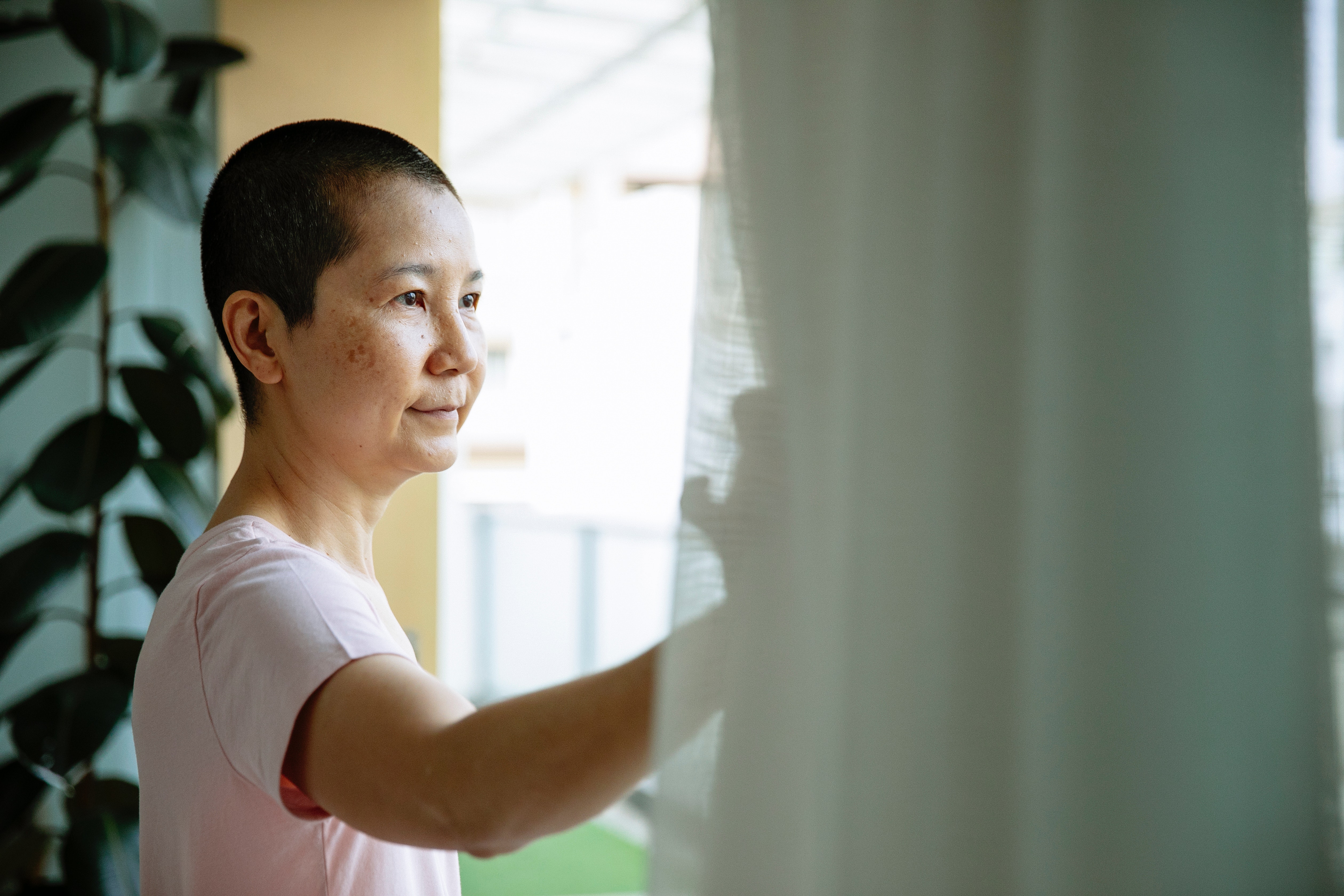Are there safer and less toxic cancer treatments available?
The evolving landscape of cancer treatment
By Cheshire Que
Have you ever wondered what truly transpires when one has cancer? The human body has organs like the eyes, skin, heart, kidneys, liver, and others. These organs are made up of cells. Think of these cells as building blocks that need to be nourished to stay healthy. These cells have a lifespan. They die and must be replenished in a process known as cell division.

There is an instruction manual inside the cells called genes that possesses the genetic code. The cells need to follow this code to undergo cell division. The genetic code, however, can be damaged by various factors ranging from carcinogens or cancer-causing substances like tobacco smoke, viruses and bacteria, diet, and lifestyle, resulting in errors that change how the cells function. So instead of the cells dying and being replaced with new ones, they remain alive and continue to divide causing cell mutations. The body has its own defense mechanism, the immune system. Think of it as having military in the body to fight these abnormal cells and get rid of them in order to prevent them from wreaking havoc with health.
The sad truth is there are individuals whose immune system is weakened, rendering them vulnerable to these abnormal cells that develop into cancer. These abnormal cells clump together and begin to destroy normal tissues and organs.
How do we get rid of cancer? In a media briefing held at the New World Hotel in Makati on Aug. 16, 2023, Dr. Tanujaa Rajasekaran, a medical oncologist and senior consultant at the Parkway Cancer Centre in Singapore shared traditional and modern cancer treatment options that are currently available.
“Cancer care is truly complex. It is not just dependent on one particular specialist. It is a team working together to help the patient,” said Dr. Rajasekaran, explaining that, depending on the patient case, diagnosis, and staging of cancer (whether it is localized or spread out affecting other organs, also known as metastasis), the team may or may not include a radiologist, surgical oncologist, medical oncologist, and radiation oncologist.
With a Masters of Medicine (Internal Medicine) degree from the National University of Singapore and subsequently completing a specialist training in Medical Oncology in the National Cancer Centre Singapore, Dr. Rajasekaran proficiently explained about the different types of systemic treatment for cancer, mainly chemotherapy, targeted therapy, hormonal therapy, and immunotherapy.
“Chemotherapy circulates in the body through the bloodstream. It treats cancer cells anywhere in the body. It is one of the oldest weapons we have in treating cancer. It kills the cells in the process of dividing,” said Dr. Rajasekaran. She further explained that when we’re older, most of our cells don’t divide unless they need to repair any damage, unlike the non-stop division of cancer cells. This becomes a mass of cells—tumor—that is cancerous.
Due to chemotherapy targeting actively dividing cells, cancer patients on this treatment may experience side effects, especially on parts of the body where tissues are constantly growing like the hair and bone marrow that produce new blood cells. For certain types of chemotherapy, patients experience hair loss, nausea, and vomiting. The good news is that once the treatment discontinues, the side effects go away and hair will grow back. Due to advances in treatments today, most patients no longer experience severe side effects.
One of the downsides of chemotherapy is the adverse effect it has on healthy cells. It not only destroys cancer cells but also healthy cells—that is why another type of cancer treatment called targeted treatment has emerged.
Targeted therapy treats cancer by using drugs to specifically target cancer cells and have minimal effect on normal cells. This can be administered via injection, vein infusion, or pill form. Hormonal therapy is targeted therapy. Targeted therapy however is not suitable to all patients even if they have the same type of cancer. The patient has to undergo tests to determine the existence of specific genes or alterations in protein structure of the cancer cells that can be acted upon by the medications.
The third type of cancer treatment that has changed the landscape of oncology is called immunotherapy. It uses the patient’s own immune system to fight cancer. It boosts and helps the immune system to locate and destroy cancer cells.
The body has immune checkpoints that stop the immune system from attacking normal cells. Unfortunately, cancer cells have a mind of their own and can trick the immune system. They can mimic the behavior of healthy cells and produce these immune checkpoints., rendering the individual defenseless from the proliferating, camouflaged cancer cells. The immunotherapy treatment administers immune checkpoint inhibitors through the patient’s vein. The infusion lasts for one to two hours, given every two to 12 weeks. Treatment can last for one to two years depending on the cancer stage.
Another type of immunotherapy is the Chimeric Antigen Receptor (CAR) T-cell Therapy. T-cells of patients are collected and added with CARs on the surface. After modification outside the body, these T cells are infused back to the patients to multiply and kill cancer cells.
Lastly, Dr. Rajasekaran introduced proton therapy. An advanced and highly precise radiation treatment that delivers positively charged particles to destroy tumor cells. Unlike other radiation therapy that utilizes electromagnetic energy photons, proton therapy does not affect the surrounding organs and normal cells that aren’t affected by cancer. Therefore, it is less toxic than traditional radiation therapy using photons.
With more research and advances in oncology, there is more hope in fighting cancer and prolonging lifespan as well as optimizing quality of life.
www.parkwaycancercentre.com